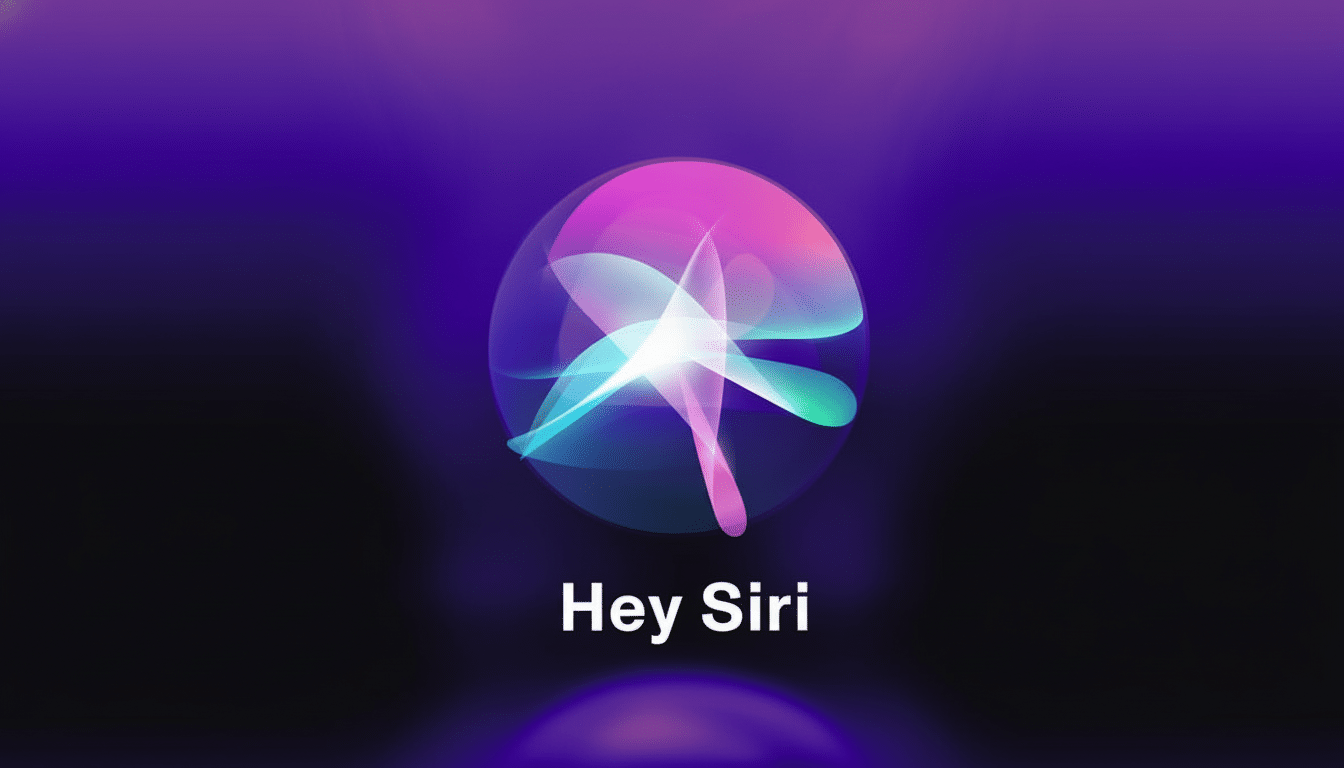Apple is planning a $1 billion-per-year deal with Google to fast-track Siri, including with its own system on its version of Gemini, Bloomberg’s Mark Gurman reported. If successful, the deal would be among the biggest in consumer AI as well, combining Apple’s ecosystem and privacy support with Google’s superlative-scale language modeling system.
Inside the reported Apple–Google AI licensing deal
The deal is for a dedicated Gemini model tailored to Siri, deployed on Apple’s Private Cloud Compute infrastructure that you can learn more about here. That configuration keeps Apple’s end-to-end control of data handling intact while allowing Siri to draw on heavyweight generative capabilities for complex prompts, nuanced conversations, and multi-step tasks.
- Inside the reported Apple–Google AI licensing deal
- Why Apple is turning to Google for a Siri–Gemini boost
- Privacy and Apple’s Private Cloud Compute approach
- What it means for users and developers of Siri
- Competitive and regulatory stakes surrounding the deal
- The metrics that will count for Siri’s new AI capabilities

The target model described is reportedly around 1.2 trillion parameters, about an order of magnitude larger than Apple’s own ~150-billion-parameter model, which the company has integrated into the Apple Intelligence engine process that underlies its products like Siri.
For context, Google has claimed a Gemini Ultra architecture at 1.56 trillion parameters (but it hasn’t confirmed details).
If Apple secures a 1.2T-class system, Siri would be supported by one of the most powerful general-purpose models being deployed on a mass-market device platform.
Why Apple is turning to Google for a Siri–Gemini boost
Apple has also reportedly been in talks with several other potential partners, including OpenAI and Anthropic, as it rushes to upgrade Siri into a truly conversational, agentic assistant. Constructing a trillion-parameter model end-to-end also takes an enormous amount of data, top-notch research talent, and sustained compute budgets that rival the hundreds of millions just for training cycles — never mind ongoing inference costs. By purchasing time against a licensing-type deal, Apple can ship the step-change in capability while commercially maturing its in-house stack.
Strategically, Apple gets scale and reliability; Google gets distribution on the world’s most valuable consumer platform. Apple has an estimated 2.2 billion active installed base, and Siri is one of the most-used voice assistants worldwide. A smarter Siri moves iPhone from a product-impact 0.5 upgrade cycle to ICYMI artificial intelligence as ‘touches you, touches your phone.’
Privacy and Apple’s Private Cloud Compute approach
Apple’s Private Cloud Compute is the linchpin. The company has called PCC a fleet of Apple-designed servers that take in requests with hardware security features, strict software attestation, and temporary data handling. Running Gemini through PCC ensures that the model’s heavy lifting occurs in Apple’s environment, which is consistent with the company’s privacy standing while preventing it from becoming yet another handoff to Google’s cloud.
This architecture is important for trust: people want better results without sacrificing control of their data. The setup indicates Apple will maintain request metadata, encryption keys, and policy enforcement behind its own defenses while relying on a Google-developed model underneath.

What it means for users and developers of Siri
These capabilities incorporate more context, have longer multi-turn conversations, and perform agent-like tasks between applications — such as:
- Composing an email
- Retrieving information from a calendar data source
- Making travel arrangements in a third-party app (as legacy Siri would not have access to deep-linked intents)
- Sending a summary
These can occur within one interaction with the user. Look for more detail, less dead-end information, and stronger follow-ups.
On-device models may persist to support lightweight tasks for speed and privacy, while the cloud model might be engaged for intensive reasoning. Developers are also hoping that Apple will broaden the scope of intents and APIs to let apps be safely driven by Siri, which has the potential to push iOS deeper into real-world “do this for me” automation as opposed to one-shot commands.
Competitive and regulatory stakes surrounding the deal
Apple’s alleged $1 billion annual fee to Google raises eyebrows given that the companies are currently in a search distribution deal. Department of Justice filings and analyst estimates have put those search-default payments in the tens of billions annually, a linchpin of mobile search economics. The separate AI model agreement is on a different scale but adds another line to an intricate relationship between rivals.
Regulators in the United States and Europe are already investigating platform power, default placements, and data advantages. And a high-profile Apple–Google AI tie-up could raise questions about market access for other model providers and about the way user data is routed and siloed. How Apple uses PCC and what priority it places on minimal data retention are likely to be key elements of that discussion.
The metrics that will count for Siri’s new AI capabilities
This move will be worthwhile if and only if three performance metrics can be satisfied:
- Latency
- Reliability
- Real task completion
Users will want responses within a second or two, minimal hallucinations, and good handoffs between on-device and cloud. For Apple, it will only matter as much as per-request inference cost — keeping the cloud bills predictable at iPhone scale takes a unique blend of model size, caching, and distillation.
If Apple can offer a significantly more capable Siri while continuing to keep the company’s privacy promises, it may be able to reset expectations for voice assistants and put real distance between the everyday chatbots out there and an assistant that actually does things. And for Google, a place in the heart of Siri would cement Gemini as the baseline model created for widespread consumer reach (as well as raw benchmark scores).

